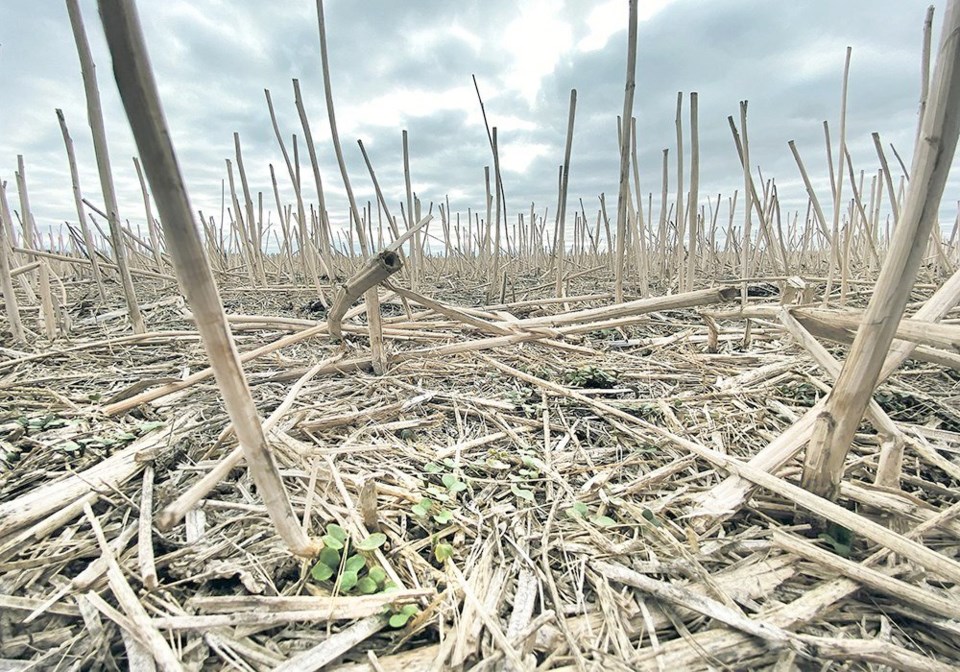However, it will need to both carefully manage the agricultural role of carbon and be able to prove its value to the wider world.
“In the midst of all these challenges … soils are really central,” said Francesca Cotrufo, a soil specialist with the Natural Resource Ecology Laboratory at Colorado State University.
“We really need to do something to restore carbon.”
Cotrufo told farmers at Manitoba Forage and Grasslands Association’s annual regenerative ag conference that enormous amounts of soil carbon have been lost over decades of tillage, disturbance agriculture, simple rotations and indifference. Erosion and stripped soil have emitted more carbon than they have stored, he said.
Soil organic matter proportions have collapsed, allowing significant amounts of stored carbon to escape. That has led to agriculture being one of the biggest contributors to carbon escape among industries.
However, Cotrufo said regenerative ag practices are an excellent way to reverse that situation. The entire focus of the practice is to build up soils and enrich them with few outside inputs, producing better output through improved management of soil and water resources.
Fewer inputs are needed as more natural sources of fertility develop in the soil. That draws carbon out of the atmosphere and delivers it back into the soil, where some of it arose through natural processes.
She said returning farmland to its natural, unfarmed status doesn’t makes sense because the world needs to be fed. However, she added, farming must be done in a way that collects more carbon than it emits.
“We really are left with having to manage the arable land we have with regenerative practices,” said Cotrufo.
Those include:
- Perennial crops and forages;
- Cover crops;
- Livestock as part of a crop rotation;
- Sophisticated rotations.
A challenge for farming is that producers must interact with soil in order to grow crops, which can result in carbon loss. However, growing crops and grazing livestock can produce the boost to soil health that is needed to become a carbon sink. Balancing the risk of emission with the need to build up the soil is one of Cotrufo’s research focuses.
Convincing the public that farmers are putting away more carbon than they’re emitting won’t be easy, especially in an age in which livestock production is often labelled a major carbon emitter.
However, that could change if farmers develop accurate ways to measure and estimate the amount of carbon their activities store and emit. He said only solid measures will likely satisfy those worried about climate change.
Once they are accepted, they could be bought and sold in a carbon market, providing farmers with much needed income.
“I call for a very careful and accurate quantification of the carbon generated by regenerative practices before they are sold on the market,” said Cotrufo.
Climate change is putting pressure on agriculture and upsetting many farmers, who feel at least partially blamed for the situation, but Cotrufo said regenerative ag can turn that around.
“Up to now we really have misused our land and created what is called a carbon debt,” she said.
Regenerative ag practices can turn that debt into a series of repayments, she added.
“I think that regenerative agriculture can really address what we need to do now and solve the carbon dilemma,” said Cotrufo.

